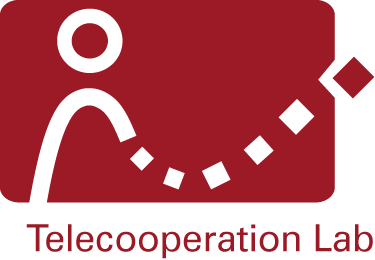With the advent of new consumer devices and novel applications (e.g., mobile augmented reality, assisted driving, smart grids, etc.), resources should not only be placed in centralized data centers, but strategically dispersed in our environment. We consider computing in the future to take place in the entire edge-fog-cloud continuum.
Microservices. Monolithic software is inflexible, heavyweight and hinders re-using components. The software architectures we use to realize our applications are therefore based on composable microservices. We are actively developing a framework for edge computing that makes microservices available through a repository and provides a lightweight alternative to current offloading mechanisms.
Edge storage. End devices such as sensors or users’ phones generate vast amounts of data that is often is only locally relevant. In addition, time-critical functions at the edge need proximate storage to externalize state and cache content. We explore concepts how such a “Reverse CDN” can be realized at the network’s edge.
Urban edge infrastructures. As the primary usage context for the novel applications mentioned above, we envision urban spaces. Besides cell towers as envisioned by the MEC (Multi-access edge computing / Mobile Edge Computing) standard, we investigate how we can leverage resources in the environments (e.g., small-scale, single-board computers) or upgrade existing infrastructures in urban spaces (e.g., smart lamp posts) to support ubiquitous access to computing and storage resources.





